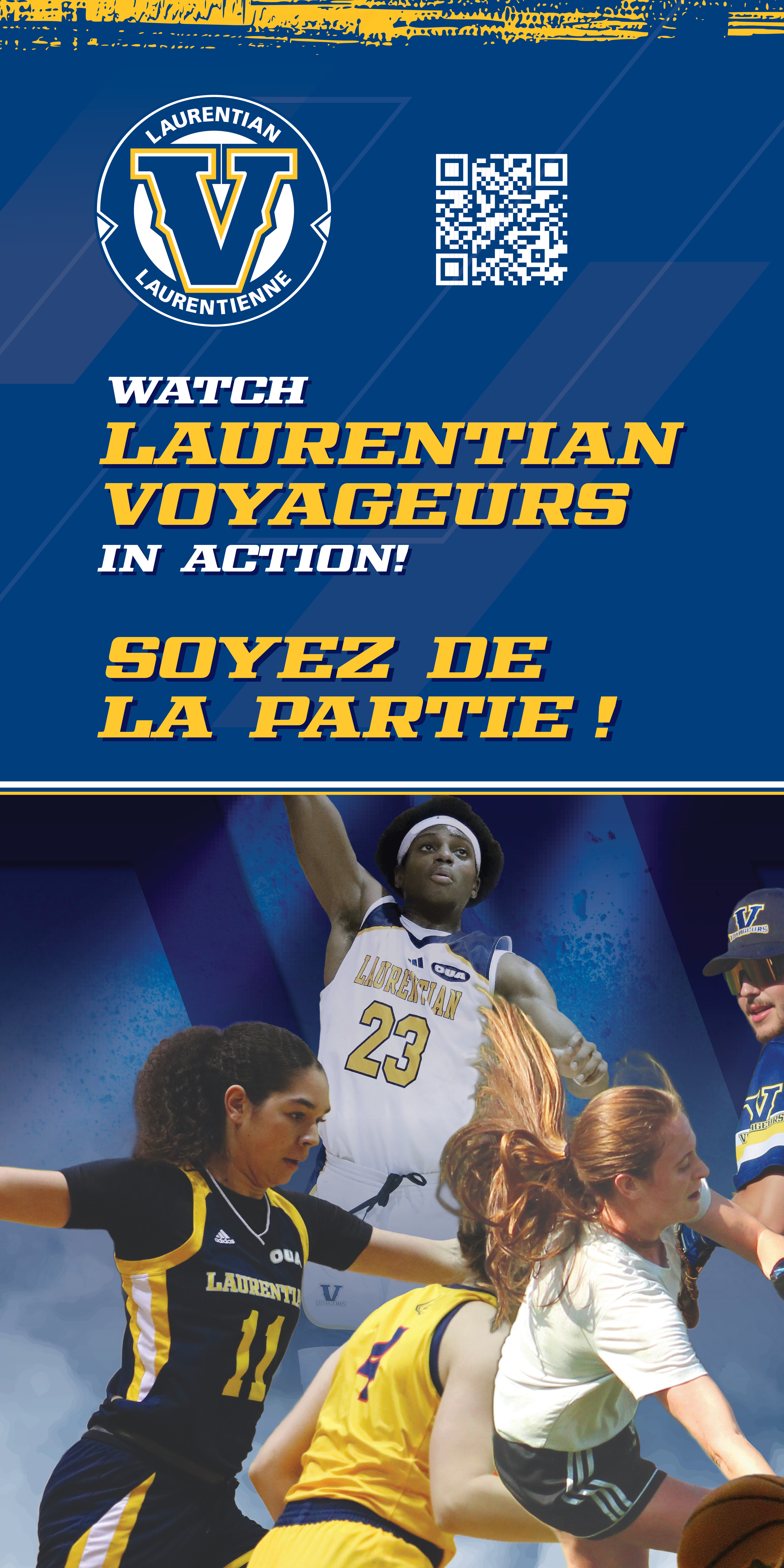Living in the Nickel City for much of my life, I suppose it should hardly surprise me when I unearth a sporting gem from time to time. And quite the gem it was, as I recently sat, quite mesmorized, turning the pages of a fascinating scrapbook with Jim Logan.
As Canada takes to the ice this week, looking to culminate a two week tournament with a step to the Olympic Podium, Logan can relate. He was a member of the 1956 Bronze medal winning Canadian hockey side that participated in Cortina d’Ampezzo, Italy.
It was a far different time indeed. Born and raised in Toronto, Logan would go on to play OHA hockey with St Michael’s College, fortunate enough to bypass the days of the arena on campus in favour of home games at Maple Leaf Gardens.
But years before that, the groundwork was laid, thanks in part to the fact that Logan's first foray on to the outdoor ice easily preceeded the effects of global warming. "I grew up in Toronto", he noted recently at his Minnow Lake home.
"On the other side of my street was a public playground which, back in the fifties, in Toronto, you actually could flood a rink and it would freeze. Basically, I lived there."
At the age of ten, Logan first enjoyed the competitiveness of organized hockey, suiting up with the Catholic Youth League in his neighbourhood. There was no Greater Toronto Hockey League at that time - teams were formed either through schools or playgrounds, for the most part.
While the attempts to identify the next young phenom now occur at ages that seem to defy common sense, Logan's era provided a far simpler time - one, I suspect, many long-time minor hockey administrators likely long for once again.
"Back then, if you wanted to play somewhere, you asked to tryout", Logan explained. "There were no scouts sitting around watching us play." Being a Catholic, Logan attended St Michael's High-School, playing with the varsity squad.
"Basically, I went to school, played hockey with the school, and that's how I ended up in the OHA," he adds. In 1954-55, Logan, his secondary schooling completed and looking to begin his career as an accountant, opted to sign on with the Kitchener-Waterloo Dutchmen.
Blessed with a balanced attack (Logan led the team that year with 32 goals) and backstopped by goaltender Denis Brodeur (the father of a reasonably well-known New Jersey netminder bearing the same name), the Dutchmen would go on to capture the Allan Cup in 1955.
"In those years, 54 years ago, the Senior OHA winner represented Canada either in the World Championships or in the Olympics," noted the still-fit Logan. And so would begin a memorable trek for Logan and company as the then 22 year old would leave the country for the very first time.
The Canadians cruised through exhibition play with wins in Scotland, Germany and Prague (Czechoslavakia), despite a roster that was slightly depleted. With three veteran defensemen and a pair of forwards deemed ineligible due to having played professional hockey, the Dutchmen headed to the Italian Alps with a slightly different squad.
"We had a much weaker team when we went to the Olympics than when we won the Allan Cup," acknowledged Logan. Team Canada would return home with Bronze medals as wins over the likes of Austria, Italy and Sweden meant precious little when combined with final round losses to the United States (4-1) and Russia (2-0).
Then, as it is now, Canadian players entered Olympic play feeling that Gold is the only real goal. Hard to fault Jim Logan, in the end, as the talented young forward finished tied with teammate Paul Knox in the scoring race in Cortina d'Ampezzo, just a point ahead of Russian Vsevolod Bobrov.
Still, the memories of the 1956 Winter Games are etched clearly in Logan's mind. "It was a wonderful experience - the most exciting part of the Olympics for me, other than playing hockey, was watching the ski jump," he admits.
With the Games behind him and a tryout with the Toronto Maple Leafs convincing the young man an NHL career was not to be, Logan followed a job opportunity to Northern Ontario.
"Peanuts O'Flaherty was coaching the Wolves Senior team and he was a St Michael's alumni," said Logan. "He phoned and offered me an accounting position with Brunton, Brunton, Browning and Day."
Moving to Sudbury in 1957, Logan continued to play Senior hockey for a couple of years, giving it up when the Wolves joined the Eastern Professional Hockey League in 1959. He would meet his wife to this day, Monique, with the couple marrying in 1960.
Ironically, it was not until a couple of years after they were wed that Monique Logan even became aware of her husband's Olympic past. In Sudbury, it seems, many gems remain well hidden.








